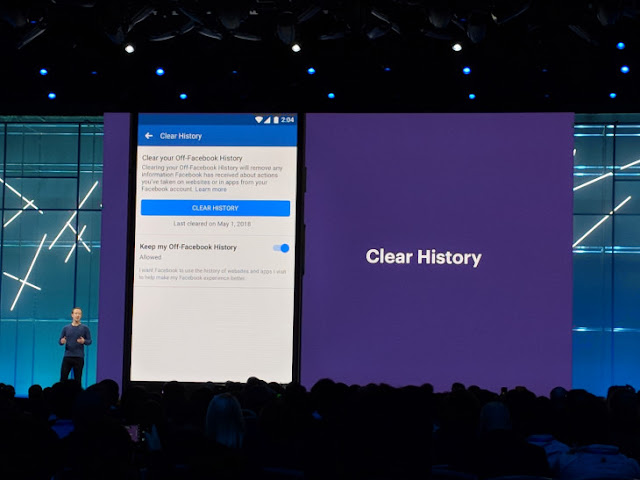Visually, Hyperforma
is beautiful and stunning. Everything is rendered in 3D with an angled,
top-down perspective like what you’d find in Monument Valley
Hyperforma is
level-based and also has a storyline, so players must go through each stage in
chronological order. There’s no skipping around either, so while it starts out
easy, it gets progressively more difficult and relies on your skills to
complete.
In Hyperforma, players
enter a world that takes place 256 years later, after the demise of mankind.
Only the Ancient Network is left behind, which is nothing more than empty,
endless cyberspace. However, you take on the role of an anonymous explorer, who
dives into the cold remains of cyberspace and wants to uncover the secrets of
the past civilization. You’ll have to hack your way through Titanic Interfaces
and their secured Forms before you can uncover the past, though.
The controls in
Hyperforma are simple and intuitive, though it takes time to master.
Essentially, when you “hack” an interface, it’s essentially a game of Brick
Breaker, except it’s in 3D and a lot more intricate. You swipe up to “launch”the hacking beam, and your goal is to destroy the black blocks that surround
the core, which has a unique symbol on it. To hack some cores, you’ll have to
get around their security, which is indestructible white blocks. Some of theblack blocks also have symbols on them, and these can do things like detonate
and destroy adjacent blocks once they’re hit.
As the hacking beam
bounces around the screen, you’ll want to rotate the interface in the center by
dragging your fingers around the screen. So instead of moving a paddle, you’re
moving the 3D structure to ensure that the beam hits the blocks you want. When
there’s an opening to the core, you’ll want to tap on the “Attack” button near
the middle of the screen to hit it, as that’s the only way to get inside the
core and get the key.
You’ll have to watch
out for the red lasers that move along the edges of the screen as you rotatethe core. If you hit these, then you’ve failed and have to try again. It starts
out with one laser, but then more can show up as you make progress, so keep an
eye out for those.
When you successfullyhack a core and complete a stage, you’ll earn some experience points. As you
level up, you’ll get stronger and gain access to new hacking skills, like
dishing out more damage and getting rid of multiple blocks at a time. To access
your skills, just tap the button at the bottom to bring up what’s available and
then select the one you want to use. There’s a cooldown for each one before you
can use it again.







No comments:
Post a Comment